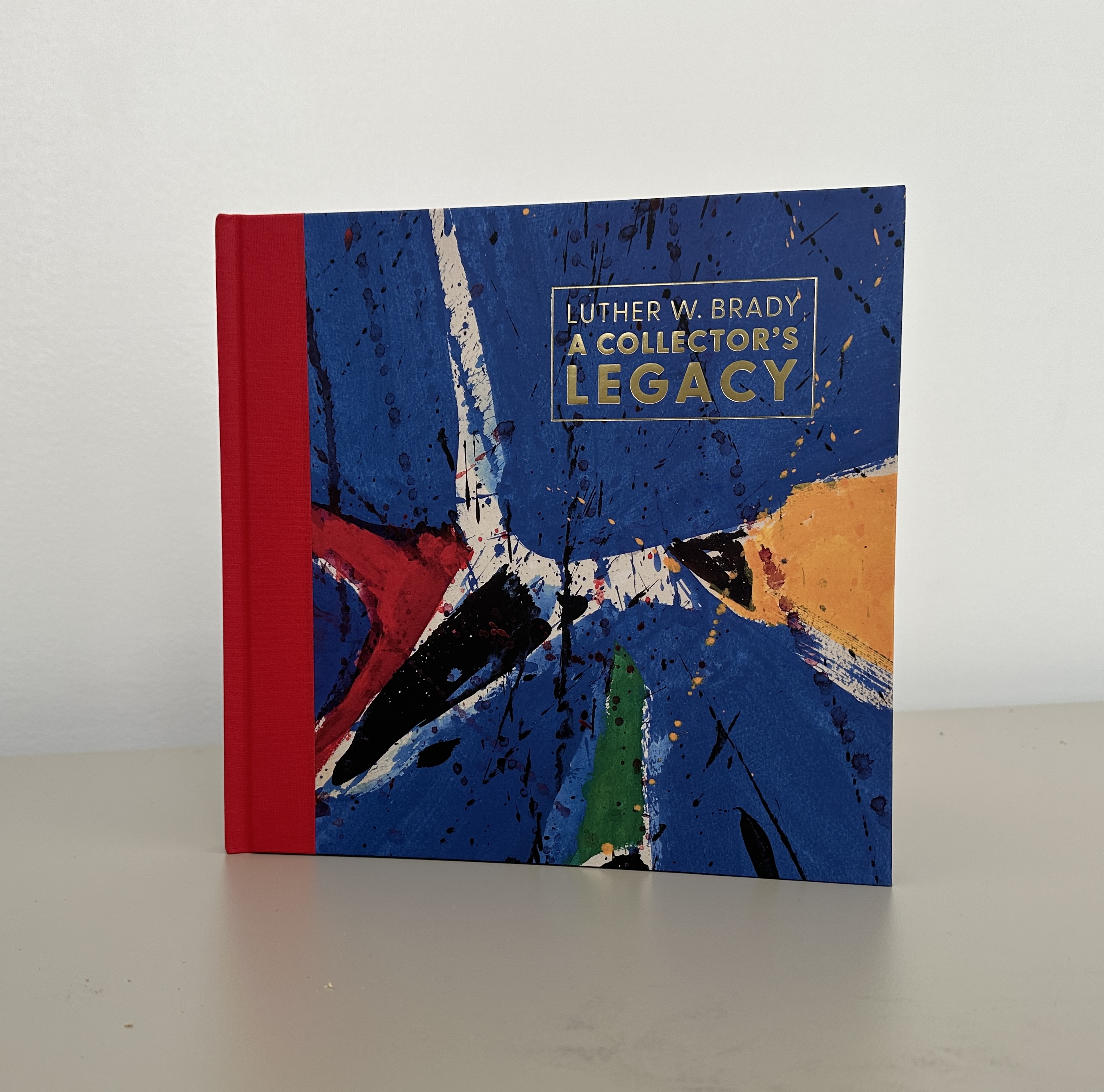FOR IMMEDIATE RELEASE
October 3, 2025
MEDIA CONTACT:
Olivia Kohler-Maga okohler gwu [dot] edu (okohler[at]gwu[dot]edu)
gwu [dot] edu (okohler[at]gwu[dot]edu)
WASHINGTON (October 3, 2025) — When Dr. Brady, a GW alumnus and Board of Trustees member, found an artist’s work he liked, he would collect many works by that artist, building a wonderful collection of paintings, drawings, prints, and sculptures by artists found in Art History textbooks. He knew his decision to leave a large group of over 150 pieces of art to his alma mater would transform both their art collection and the opportunities that GW would be able to offer students at the institution he cared for deeply.
One opportunity was a graduate Art History seminar taught by Professor Bibiana Obler that focused on private collecting. The students did in depth research on specific pieces in the collection that was translated into text for a 2023 exhibition held at the Luther W. Brady Art Gallery in the Corcoran Flagg Building, as well as included in a recently published catalogue, Luther W. Brady: A Collector’s Legacy. Professor Obler writes, “Olivia Kohler-Maga reached out to me to teach a class in conjunction with her exhibition on Luther Brady's generous donation of modern and contemporary art. Thanks to her initiative, students had the opportunity to get first-hand experience contributing to an exhibition and exhibition catalogue…The practical applications motivated students to do substantial primary research on artists like Friedel Dzubas and Lynn Chadwick; at the same time, the class as a whole learned about 20th-century modernism through the lens of a particular collector.” Grace Rodriguez (Art History MA ’24) was part of the seminar and researched works by Herbert Ferber and Barbara Hepworth. She writes “Working with the Luther W. Brady Estate collection gave the rare opportunity, as an art history student, to work hands-on with the artworks we studied and wrote about. This opportunity gave us the chance to consider new perspectives on artworks that had rarely been seen by the public."
Celebrating not just Dr. Brady’s enduring legacy at his alma mater, the catalogue also commemorates the use of the GW collection for hands-on learning as well as highlights the opportunities for future collaborative projects and student research.


